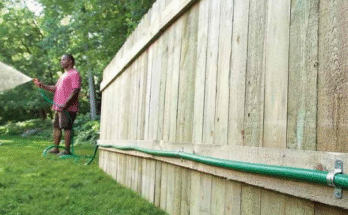Roof framing is one of the most critical and challenging phases of constructing any building. It is the process of creating the structural skeleton that supports the roof covering, ensuring the building is protected from the elements. However, this task is not just about carpentry skills or understanding architectural plans—it also involves significant physical demands, strict safety precautions, and technical expertise. Roof framing means working at heights, handling heavy materials, and using power tools, all of which present unique risks and require thorough preparation, training, and attention to detail.
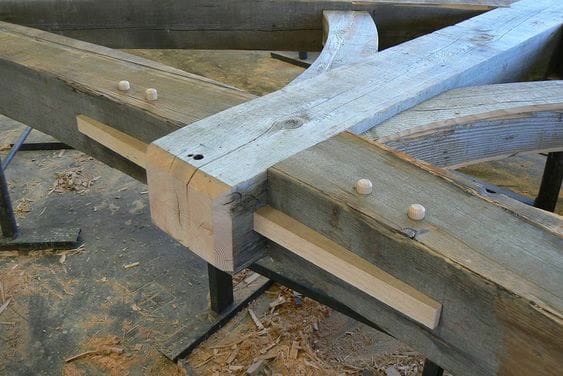
Working at Heights: Understanding the Risks and Responsibilities
One of the defining aspects of roof framing is that it almost always takes place high above the ground. Whether it’s a one-story home or a multi-story commercial structure, framers spend hours balancing on ladders, scaffolds, or partially completed frameworks. This exposes workers to one of the most serious hazards in construction: falls. According to the Occupational Safety and Health Administration (OSHA), falls are the leading cause of fatalities in the construction industry, and roof framing is among the tasks most prone to this danger.
Working at heights requires careful planning and strict adherence to safety protocols. Before stepping onto the structure, framers must ensure that appropriate fall protection systems are in place. These might include personal fall arrest systems (PFAS) such as harnesses and lanyards, guardrails around the edges of the structure, or safety nets positioned below the working area. Workers also need to be trained in using ladders correctly, setting them at the proper angle, and ensuring they are secured on stable ground.
Beyond the equipment, roof framers must maintain constant situational awareness. Walking along narrow joists or truss chords demands balance and focus, especially when weather conditions add another layer of challenge. Rain, ice, or strong winds can turn roof framing into a slippery, dangerous job. Many construction crews delay work when conditions are unsafe, but when deadlines push forward, the ability to work carefully in less-than-ideal circumstances becomes crucial.
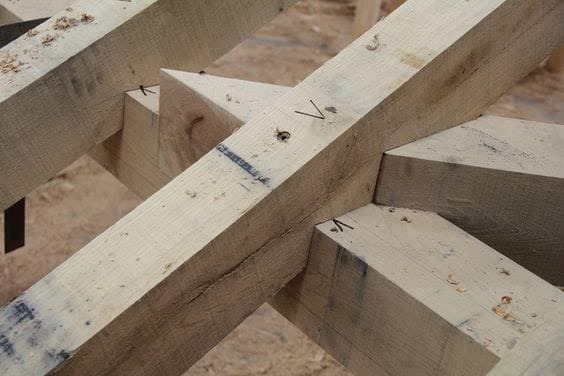
Handling Heavy Materials: Physical Demands of the Job
Roof framing also involves a great deal of manual labor, often requiring workers to handle heavy and unwieldy materials. Trusses, rafters, ridge boards, and sheathing panels must be carried, lifted, and positioned into place. These components are often made of solid lumber or engineered wood, which means they can weigh anywhere from 40 to several hundred pounds.
For example, a typical prefabricated truss for a residential roof might be 24 feet wide and weigh over 100 pounds. On a larger project, framers may have to maneuver trusses that weigh even more, sometimes using mechanical lifting equipment like cranes, but often still requiring human strength to guide and secure them. Handling these materials is physically demanding and places stress on the back, shoulders, and arms. Poor lifting techniques or overexertion can lead to strains, sprains, or long-term musculoskeletal injuries.
Teamwork is critical in these situations. Roof framing is rarely a solo task; it takes multiple people to safely hoist, balance, and secure materials. Workers need to coordinate their movements, communicate clearly, and be aware of one another’s positions to avoid accidents. A single misstep when carrying a truss up a ladder or moving it across the framing structure can cause injury to multiple crew members or damage to the materials.
Moreover, the job requires endurance. Roof framing is physically taxing work performed in outdoor environments, often under the heat of the sun. Dehydration, fatigue, and heat stress are real concerns, and crews must take breaks, stay hydrated, and pace their efforts.
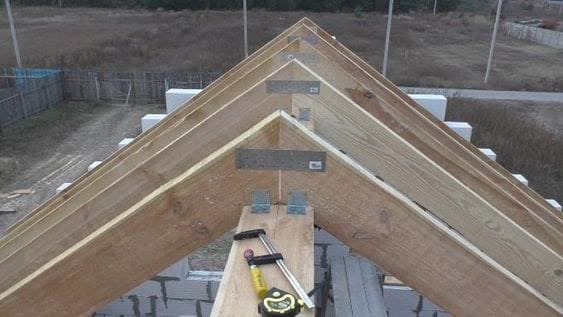
Using Power Tools: Precision and Safety
In addition to climbing and lifting, roof framing demands skillful use of a wide array of power tools. Nail guns, circular saws, drills, and reciprocating saws are staples of the trade. These tools allow framers to cut lumber to precise measurements, secure trusses, and attach sheathing quickly and efficiently.
However, power tools also bring another layer of risk. Nail gun injuries are common on construction sites, often occurring when a gun double-fires or when the operator accidentally discharges it. Circular saws can cause severe cuts or amputations if used improperly, and even tools like drills can lead to injuries if they bind or slip.
Proper training is essential. Roof framers must know how to operate each tool correctly, maintain it in good working condition, and wear appropriate personal protective equipment (PPE). Safety glasses protect eyes from flying debris, hearing protection guards against the noise of saws and nail guns, and gloves help prevent cuts and splinters. In addition, many power tools have built-in safety features like guards or trigger locks that workers must never bypass for convenience.
Working with power tools on a roof adds complexity, as balance and positioning matter just as much as technique. A worker using a saw while standing on a narrow beam must secure both the material and their footing, which requires concentration and experience.
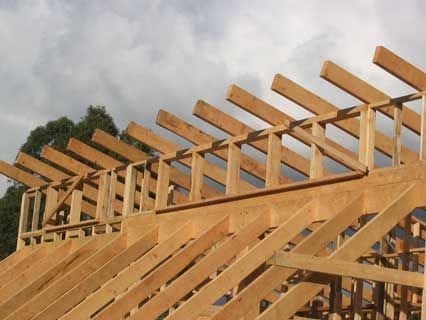
Preparation, Planning, and Safety Culture
Because of the hazards associated with working at heights, handling heavy materials, and using power tools, roof framing must be approached with thorough preparation and a strong safety culture. Before any work begins, supervisors typically review the plans, assess the site, and determine what safety measures are required. This might involve setting up scaffolding, inspecting ladders, designating clear lifting zones, and ensuring all tools are in good working order.
Safety meetings—often called “toolbox talks”—are common before roof framing begins each day. These quick discussions remind workers of key precautions, alert them to potential hazards (like weather changes or structural weaknesses), and reinforce the importance of looking out for one another.
Training is another cornerstone. Workers new to roof framing should not simply be handed a nail gun and told to get to work. They need to learn proper lifting techniques, how to use harnesses, and how to handle power tools safely. More experienced crew members often mentor newer workers, passing on both skills and an awareness of risks that might not be obvious.
The Rewards and Challenges of Roof Framing
While roof framing is undeniably dangerous and demanding, many builders find it deeply rewarding. There’s a sense of accomplishment in standing on a newly framed structure, seeing the skeleton of a roof come together piece by piece. Roof framing is a craft that combines strength, precision, and teamwork—qualities that experienced framers take pride in.
But that pride also comes with responsibility. The risks are real, and complacency can lead to tragedy. The most successful framing crews are those who respect the dangers of working at heights, handling heavy loads, and operating powerful tools. They prepare, communicate, and never take shortcuts when it comes to safety.
Conclusion
Roof framing is one of the most complex and demanding tasks in the construction industry. It requires working at heights where falls can be fatal, handling heavy and awkward materials that strain the body, and using power tools that demand precision and caution. Every day on a framing site, workers rely on training, teamwork, and safety measures to complete the job efficiently and without injury.
For anyone entering the trade—or anyone hiring a crew to frame their roof—it’s essential to understand the scope of the work involved. Roof framing is not just about wood and nails; it’s about balancing skill with safety, strength with caution, and speed with care. The end result—a sturdy, well-framed roof—protects everything beneath it, and achieving that requires the dedication and expertise of framers who understand the challenges and embrace the responsibility that comes with the job.

